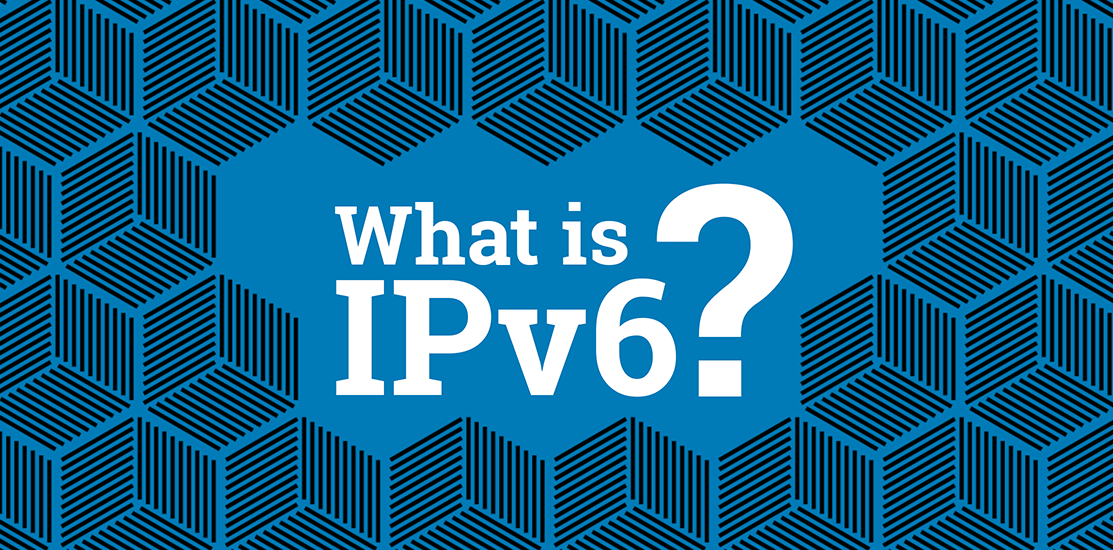The Internet is made up of a large number of networks that communicate with each other using specific protocols. Most of us have heard of it, and most of us have at least once wondered what IPv6 is, what it means, and how it works.
1. What is IPv6
Here you can find out what the acronym IPv6 means, why it was developed, how it came about and how it works.
2. IPv6 protocol – what is it
IPv6, short for Internet Protocol Version 6, stands for the latest version of the Internet Protocol (IP) at the network level. Every device connected to the Internet is assigned an IP address. Today, that doesn’t just mean computers, but smartphones, connected cars, and other smart devices that surround us. The IP address is the ID card of the device, which is used to identify the device in the local network, and the devices can communicate through the IP address.
Data is transferred between networks on the Internet with the help of IP addresses. IP enables the exchange of data between the web hosting server and the device accessing the website.
IPv6 was developed by the IETF (Internet Engineering Task Force) because the previous version, IPv4 (Internet Protocol version 4), was no longer scalable and had a limited number of unique addresses (about 4.3 billion). IPv6 increases the number of available addresses to 2128. Using a 32-bit scheme, IPv4 has “only” 4.3 billion usable addresses. A few years ago, everyone agreed that, given the rate of technological advancement and the ever-increasing number of devices connected to the Internet, they weren’t enough. Then, a new version appeared, IPv6. The v5 release was skipped as it is already in experimental use.
3. Types of IPv6 addresses
There are currently 3 types of IPv6 addresses:
Unicast: These IPv6 addresses allow communication between a single source and a single destination (one-to-one), e.g. from a single server to a single browser
Multicast: IPv6 addresses that allow communication between a single source but can transmit data to multiple devices (one-to-many)
Anycast: Another type of one-to-many IPv6 address, but in this case the source sends data from all available devices to the nearest destination
4. The difference between IPv6 and IPv4
One of the differences mentioned earlier is that there are many more IPv6 addresses available than IPv4.
These addresses are also created differently. An IPv4 address consists of a 32-bit sequence representing 4 groups of numbers separated by periods (.), where the first 2 groups have 3 numbers and the last 2 groups have a single number or 2. In contrast, an IPv6 address is a 128-bit address consisting of 8 strings, each consisting of 4 hexadecimal digits separated by colons (:).
Example IPv4 address: 192.168.1.1
Example IPv6 address: 1050:0050:0000:3402:0005:0600:300c:7654
IPv6 was developed for added security, and the IPsec protocol responsible for securing communications is implicitly built into IPv6 addresses. With IPv4, on the other hand, IPsec is optional. IPv6 is also faster and has a higher conversion rate.

IPv6 addresses started replacing IPv4 in 2017. Currently, both versions are in use, but IPv4 is still more commonly used than IPv6. It is expected that it will be a long time before IPv4 addresses are fully replaced by IPv6. Implementing IPv6 is costly as equipment (servers, routers, etc.) must be upgraded or replaced if they do not support the IPv6 version. Most companies choose to cut costs rather than upgrade equipment, preferring instead to replace equipment when they become unusable.
Most web hosting companies have servers that support both IPv6 and IPv4, and use the protocol used by the user to establish the connection. An important detail is that IPv6 and IPv4 cannot communicate with each other, which requires a translation mechanism so that IPv4-configured routers can send and receive data from IPv6-configured servers.
Once you determine what IPv6 is and what IPv6 means, and also consider the differences between the protocol and the IPv4 version, it’s easy to understand why professionals choose IPv6. The full migration to IPv6 will be slow, but it is certain.





